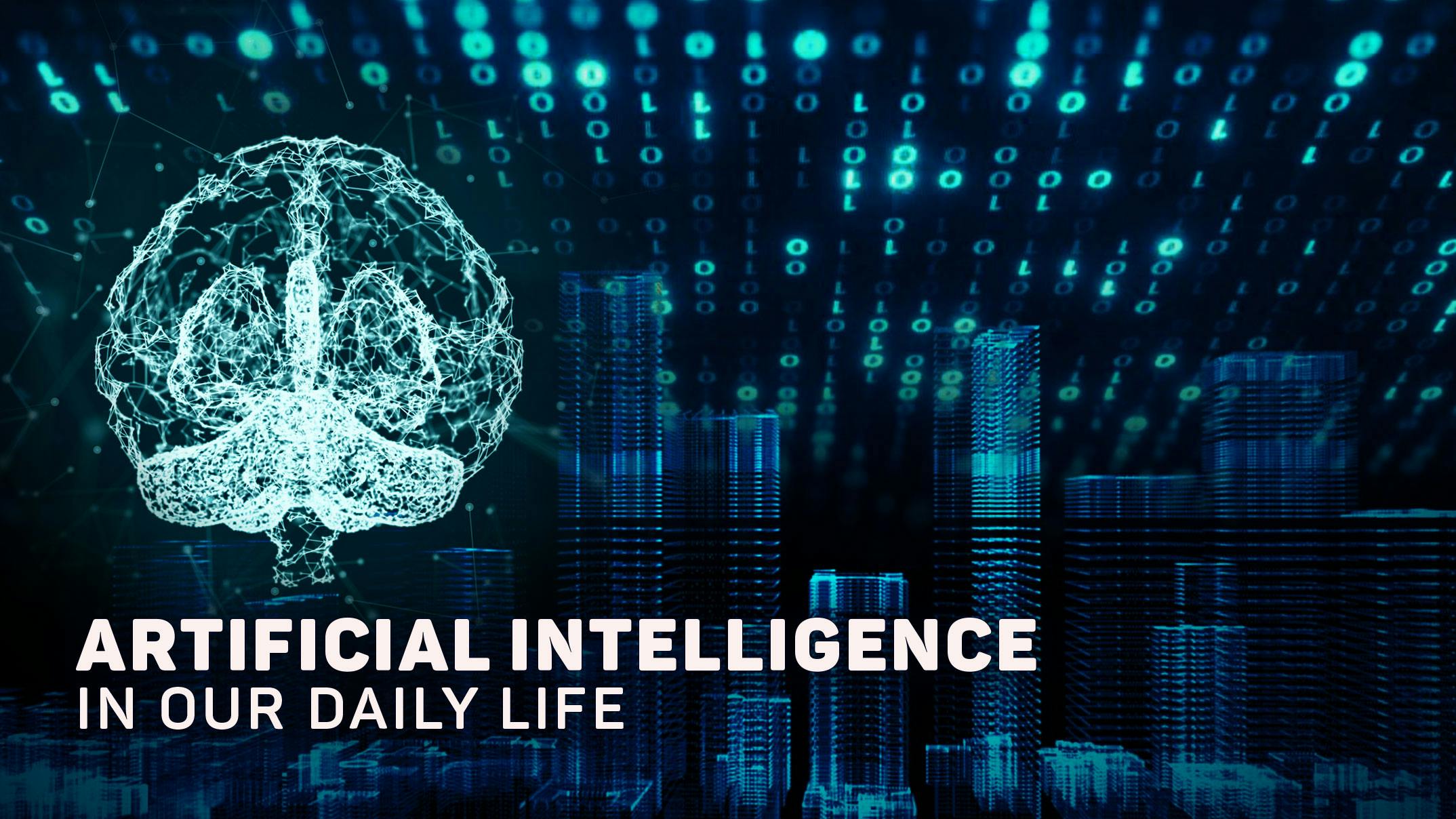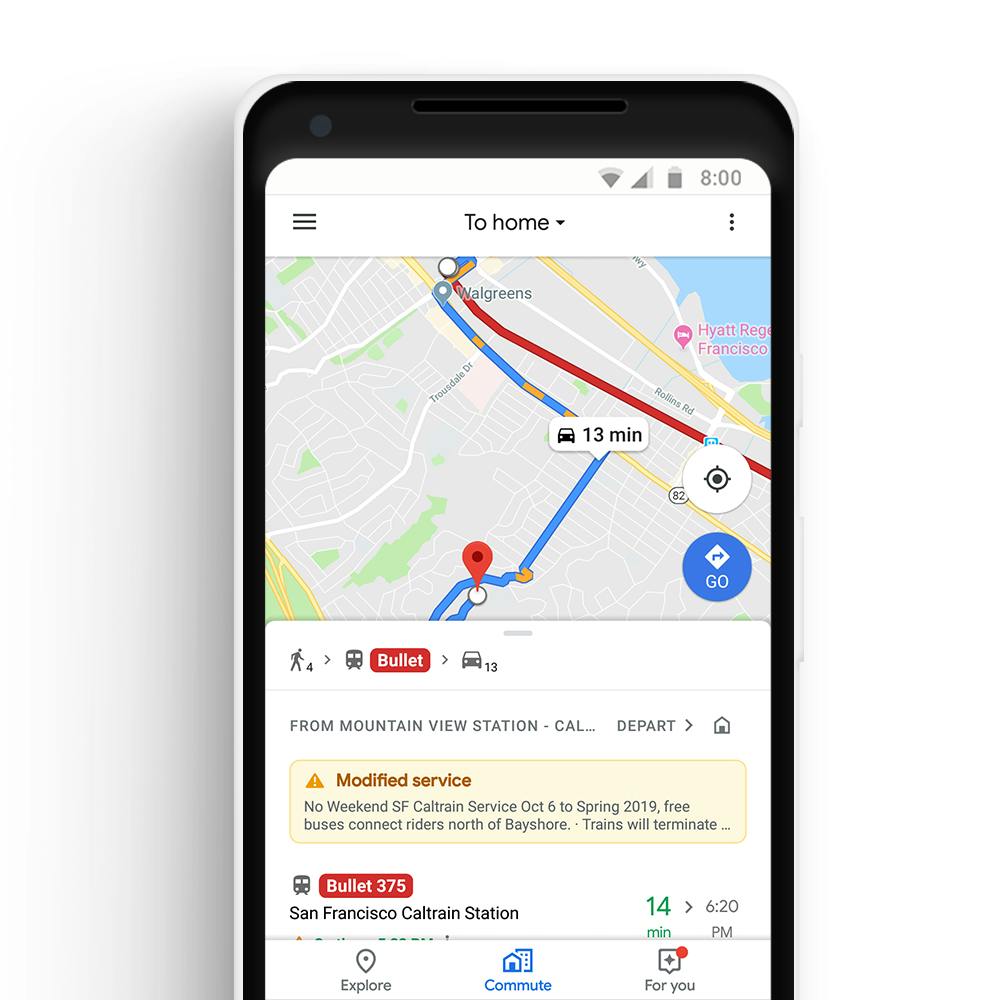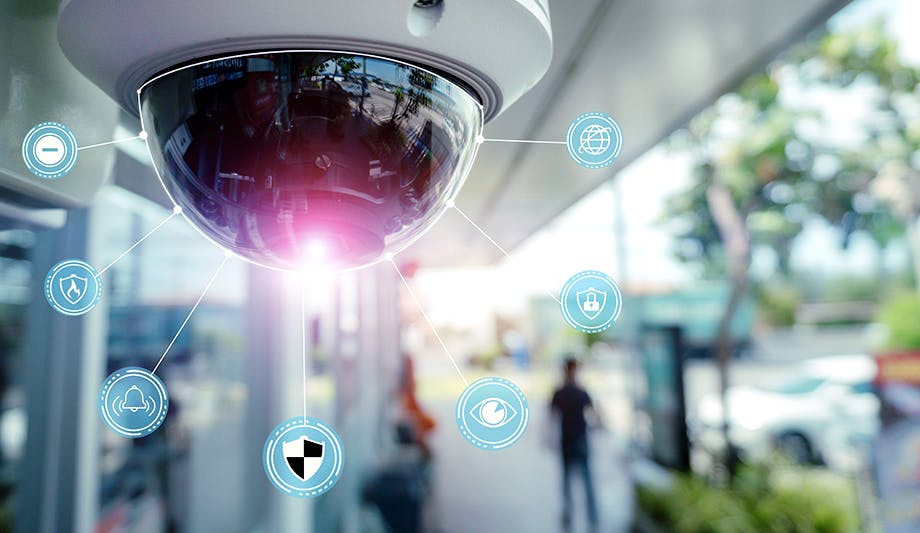Leveraging AI & Machine Learning in our daily lives
Artificial Intelligence and Machine Learning are some of the buzz words in today's tech ecosystem. First and foremost it would be very apt for us to understand these concepts and how they relate to each other. Afterwards, we shall be taking a look at how to make effective use of them in our everyday lives.

Artificial Intelligence
So What is Artificial Intelligence - Artificial Intelligence(AI ) is a study concerned with making intelligent machines. AI is anything that makes machines act more intelligently. Simply put, Artificial intelligence means making machines capable of performing intelligent tasks like human beings. The overall goal of AI is to make computers smart like humans.
But how do we define intelligence? - According to the Merriam Webster Dictionary. Intelligence is the ability to learn or understand things or to deal with new or difficult situations. also : the skilled use of reason
"Artificial intelligence is based on the principle that human intelligence can be defined in a way that a machine can easily mimic it and execute tasks, from the most simple to those that are even more complex. The goals of artificial intelligence include learning, reasoning, and perception"
Wait a minute... So Can machines think? At what point can we say a machine is intelligent ?
The idea that machines could think occurred to the very first computer builders and programmers. check out Alan Turing 's great paper Turing 1950.
Alan Turing proposed the “Turing test to determine whether or not a computer(machine) can think intelligently like a human. "If a computer can converse with a human - in a text-based natural language conversion - and fool a judge into thinking it's human for at least part of the time, it's deemed intelligent."
What makes a machine intelligent?
For the machine to truly mimic the human brain, AI should be able to do lots of things like see and interpret images ( Computer Vision ). Think of Self Driving cars. Cameras can now recognize faces in the frame and tell the user where they are. Robot serving drinks, for instance, can be programmed to recognize a request for one, and even to manipulate a glass and pour one. But if a fly lands in the glass the computer still has a tough time deciding whether to pour the drink in and serve it (or not). Three years ago(2017) A Google artificial intelligence program defeated a Chinese grandmaster at the ancient board game Go. The victory over the world’s top player - which many thought would take decades to achieve - underlines the potential of artificial intelligence to take on humans at a complex task(Reuters)

What is Machine Learning?
How do Machines Learn? One of the most interesting areas in AI research is Machine Learning. How do we make the computers learn, teach themselves and become intelligent?.
Machine learning is an application of artificial intelligence (AI) that provides systems with the ability to automatically learn and improve from experience without being explicitly programmed. Machine learning focuses on the development of computer programs that can access data and use it to learn for themselves. In other to build truly intelligent machines, many scientists think the best way to make progress on this is through learning algorithms called neural networks, which mimic how the human brain works. The aim here is getting computers to learn without being explicitly programmed.
How did you learn to cross the highway as a kid? How did you learn the difference between a dog and a cat? How did you learn the difference between day and night?
Is there a pattern? Yes, there is a pattern. For a fixed time period, we are exposed to the light and heat of the sun, which we call day-time. And then for another fixed period, we are deprived of light and heat from the sun. We call it as night-time. This pattern repeats over and over and over…….We have an observation about a phenomenon and we have a pattern.
Thus, as humans we learn by observing something (experience), identifying a pattern, then building a theory (model) to explain this pattern and testing this theory to check if it fits in most or all observations. On the other hand, machines are fed with observations (data). For instance, if we want to teach the machine the difference between dog and cats. We would give is thousands of labelled cat images and thousands of labelled dog images. The learning algorithm, behind the scenes, would try to find out a pattern among the dogs images and patterns among the cat images, it then builds a model in line with the patterns which would be used to classify future unseen images of cats and dogs.
Nevertheless, whether its Human Learning or Machine Learning — both involve “observations” about a thing or a process or phenomenon. And then, identifying patterns about these observations.
Leveraging AI and ML in our daily lives
Most of us use machine learning daily without even realizing it. Every time we do a search on Google we get the desired result because their machine learning software has figured out how to rank pages relevant to our search. When Facebook identifies your friends in your pictures, that is cool machine learning. When you check your email, you discover some messages go to your spam while non-spam remain on your inbox. This happens because the computer has learned to sort spam from non-spam emails saving you lots of time of identifying relevant emails.
Let us look as several ways in which we can utilize AI and Machine Learning in our day to day activities.
1. Virtual Personal Assistants
 Virtual Assistants are application programs that understand natural language voice commands and completes tasks for the user. Some popular ones are Apple’s Siri, Microsoft’s Cortana, Amazon Alexa and Google Assistants. All you need to do is activate them and ask "show me my pictures of people", "Help me check financial markets", "Remind me to bring my umbrella tomorrow morning", "set a reminder " or even "Remember to call Mum on Wednesday in 3h", “What are the flights from Port Harcourt to Lagos ?”, "Remind me to buy eggs on Saturday Morning" or similar questions. Machine learning is the core of virtual assistants as they understand human natural language and render results tailored to your needs.
Virtual Assistants are application programs that understand natural language voice commands and completes tasks for the user. Some popular ones are Apple’s Siri, Microsoft’s Cortana, Amazon Alexa and Google Assistants. All you need to do is activate them and ask "show me my pictures of people", "Help me check financial markets", "Remind me to bring my umbrella tomorrow morning", "set a reminder " or even "Remember to call Mum on Wednesday in 3h", “What are the flights from Port Harcourt to Lagos ?”, "Remind me to buy eggs on Saturday Morning" or similar questions. Machine learning is the core of virtual assistants as they understand human natural language and render results tailored to your needs.
2. Predictions while Commuting
 Using Google Maps you can find your way around and take control of your daily commute— enabling you to plan, prepare for the inevitable disruptions, and possibly avoid them altogether. In other words, you can see heavy traffic ahead of time and avoid them. You can download maps to the app ahead of time and use them offline while travelling. You can even plan out your route for the day all at once, with multiple stops along the way. With the help of machine learning, Google Maps is improving accuracy for unknown locations, which were not possible before.
Using Google Maps you can find your way around and take control of your daily commute— enabling you to plan, prepare for the inevitable disruptions, and possibly avoid them altogether. In other words, you can see heavy traffic ahead of time and avoid them. You can download maps to the app ahead of time and use them offline while travelling. You can even plan out your route for the day all at once, with multiple stops along the way. With the help of machine learning, Google Maps is improving accuracy for unknown locations, which were not possible before.
3. Video Surveillance
 Video surveillance systems these days are now powered by Artificial Intelligence that make it possible to detect crime before they happen. AI is giving surveillance cameras digital brains to match their eyes, letting them analyze live video with no humans necessary. With the power of AI, CCTVs can detect unusual behaviour of people like standing motionless for a long time, stumbling, or napping on benches and alert human attendants.
Video surveillance systems these days are now powered by Artificial Intelligence that make it possible to detect crime before they happen. AI is giving surveillance cameras digital brains to match their eyes, letting them analyze live video with no humans necessary. With the power of AI, CCTVs can detect unusual behaviour of people like standing motionless for a long time, stumbling, or napping on benches and alert human attendants.
4. Email Filtering and Categorization
Sometimes identifying the emails you need to pay attention to could be a challenging task. Google uses machine learning to filter Spam emails from non-spam emails to greater accuracy. When using Gmail ML is used to categorize your emails into primary, social, and promotion inboxes, as well as labelling emails as important. Have you noticed the Smart Reply in Gmail? In future, Google hopes that your inbox can automatically reply your mails, but for now the Smart reply uses machine learning to automatically suggest three different brief (but customized) responses to answer your email
5.Online Customer Support
Machine learning has been used to improve customer service. Here Chatbots comes to mind. In place of live help desk assistants to answer your queries, Chatbots come to play to answer your questions. These bots tend to extract information from the website and present it to the customers. Intelligent chatbots utilize AI to learn from each conversation and adapt. These bots "see" what a person is typing and respond accordingly, without an explicit script. Chatbots are no longer reserved for programmers or big companies with fat wallets that can afford to hire chatbot developers, you can actually build a chatbot for your website using some tools( Chatbot builders ) that require little or no programming experience
6. Product Recommendations
Have ever done a Google search about a product and the next minute you start seeing ads of the same product on Facebook? Product recommendation systems are designed to generate and provide suggestions for items or content for a specific user would like to purchase or engage with. Using Machine learning techniques and various data about both individual products and individual users, the system creates an advanced net of complex connections between those products and those people. (Dyzma M. 2017). With a well-configured recommendations system, you can boost sales and revenues significantly. This happens because it personalizes products and content to the users' preferences which in turn creates a great user experience.
In order to build a product recommendation system, the first thing that’s needed is data – data pertaining to the products on sale (their specific features, prices, etc.), as well as data about users/customers. The more data collected, the better. Both demographic (age, gender, location, etc.) and behavioural data is required in order to build a robust product recommendation system. ( Dyzma M. 2017 ).
The system is programmed in a way that it learns from your users, collecting data about their tastes and preferences. Over time and with enough data, you can use machine learning algorithms to perform useful analysis and deliver meaningful recommendations.
7. Fraud Detection
Machine Learning can be applied to detect and flag suspicious transactions. For instance, in the financial industry, it is used to detect and flag activity in banking and finance such as unusual debit card usage and large account deposits. On detecting unusual patterns in a transaction it could block and prevent withdrawals from your account, keeping your account safe.
7. Search Engine Result Refining
Whenever you do a search on Google, machine learning is been applied to improve search results that would help you get results relevant to your search. Over time the machine learns from your search and takes note of the contents you spend a long time reading to optimize future search results.
Conclusion
AI and machine learning are already pervasive in our daily lives, as we reviewed many of these popular features in this article. We need to position ourselves, businesses and companies for the future and leverage cutting edge technologies. Data gathering is key to building AI & Machine Learning powered systems. Knowing that there are AI tools out there to assist us in decision making, increase revenue in our businesses, and make our lives easy is very essential.
Bibliography and Further Reading :
Frankenfield J. (2020) How Artificial Intelligence Works. Retrieved 28 August 2020, from investopedia.com/terms/a/artificial-intelli..
Emspak, J. (2016). What Is Artificial Intelligence?. Retrieved 28 August 2020, from livescience.com/55089-artificial-intelligen..
Huguet J. (2016) What Makes A Machine Intelligent? Retrieved 28 August 2020, from seeker.com/what-makes-a-machine-intelligent..
Goel G. (2020) Human Learning vs Machine Learning. Retrieved 29 August 2020, from towardsdatascience.com/human-learning-vs-ma..
Daffodil S.(2017) Applications of Machine Learning from Day-to-Day Life. Retrieved 29 August 2020, from medium.com/app-affairs/9-applications-of-ma..
Dyzma M.(2017) "How To Build A Product Recommendation System Using Machine Learning". Retrieved from netguru.com/blog/product-recommendation-mac...
Google (2018) Take control of your commute with Google Maps. Retrieved 29 August 2020, from blog.google/products/maps/take-control-your..
Google Cloud(2020) Using Machine Learning on Compute Engine to Make Product Recommendations. Retrieved 30 August 2020, from cloud.google.com/solutions/recommendations-..
PCMag.com(2020) Chatbot Creation 101: What You Need to Know. Retrieved 29 August 2020, from pcmag.com/how-to/chatbot-creation-101-what-..